| |
Contents |
Home |
WIGRY quarterly |
Wigry National Park |
| |
CONTENTS of PHOTOGRAPHY
part 4 of 11
|
|

click to enlarge
|
Milk from Polish red cows is richer
in protein and fat than from other cows - it is
excellent for making cheese and butter in
agrotourist farms. (JG) |
|
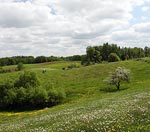 |
Hills in the Park are used as
pastures in agriculture. (WM) |
|
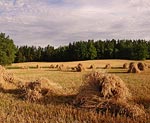 |
In the park, fields often border a
forest. (JBO) |
|
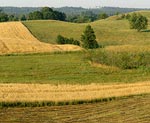 |
Not very intensive agricultural
production is conducive to preservation of
biological diversity. (JBO) |
|
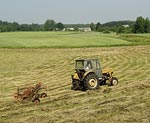 |
Because of the small size of a farm agricultural mechanization is not introduced on a large
scale. (JBO) |
|
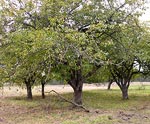 |
In the park, there are still old
orchards with local varieties of fruit trees. (JG) |
|
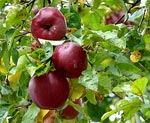 |
One of local varieties of apple tree
- Malinowa Oberlandzka – commonly known as
malinówka. (JG) |
|
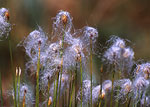 |
Alpine cotton-grass is a rare
species growing on transitional moors. (MR) |
|
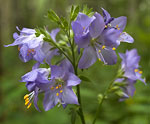 |
Blooming in the early summer Jacob’s
Ladder is characteristic of water-meadows. (MR) |
|
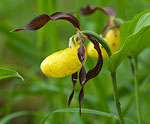 |
The Lady’s slipper, our most
beautiful orchid occurs in the WNP only in a few
stands. (MR) |
|
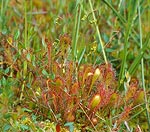 |
Great sundew is a critically
endangered species which quickly disappears in the
whole Poland. (MR) |
|
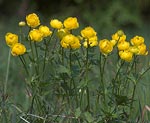 |
Characteristic of water-meadows
Globe flower is very rare in the Park. (MR) |
|
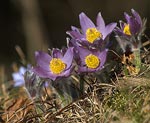 |
Eastern Pasqueflower is a rare
species protected within the framework of Natura
2000. (MR) |
|
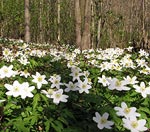 |
The wood anemone, when in bloom,
creates white carpets on the ground. (LP) |
|
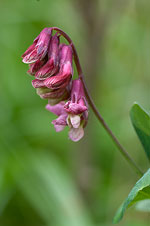 |
The grass pea, which unusually rare
in Europe, occurs in the Wigry National Park in two
places. (MR) |
|
|
1
2
3
4
5
6
7
8
9
10
11 |